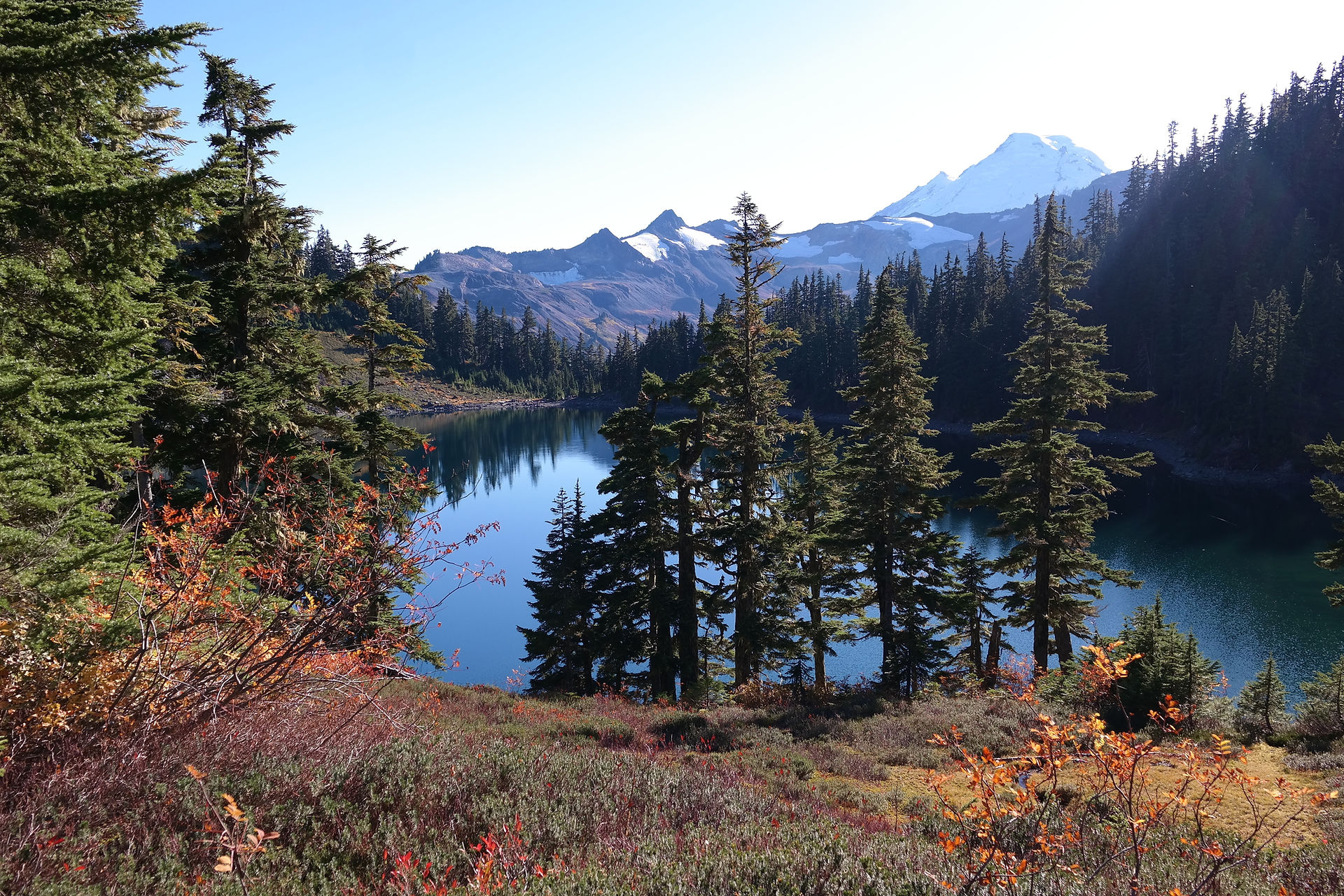Hiking Socks & Footwear
- Jerry Caldwell

- Oct 21, 2019
- 3 min read
Updated: Dec 1, 2019
Do you like blisters?
How about the skin on the top of your feet scraped off?
This happened to me on an Appalachian Trail section hike in 2015. Winding Stair Gap to Wesser (NOC), in North Carolina - 27.5 miles in just over two days.
Going downhill the last day was excruciating. It was a poor choice in boots. The socks I wore prevented blisters on the bottom of my feet, but did not prevent the boots from tearing up the tops of my feet. The boots were tight around my feet. Also, they were not one size too large as all hiking boots should be. Luckily I did not loose any toenails.

As for why I did not get any blisters.
I carry four pairs of hiking socks and one pair of camp socks (it’s nice to be comfortable at the campsite). When hiking I wear two pairs of hiking socks (and carry an extra two pairs). This is called the double-layer system, or two-sock system. I wear a thin pair, polyester or nylon, and a regular pair of wool socks on top of the thin ones.
I do this to provide a friction barrier. The thin socks wrap tightly around my feet. In effect they behave as an extra set of skin. The wool socks now rub against the thin socks, pulled tightly around my feet. The thin polyester or nylon socks also wick away moisture from my feet into the outer layer wool sock.
With this method I almost completely avoid blisters (assuming my boots are comfortable and roomy). I have not had to use the bandages or pads from my first aid kit for over four years (since the 2015 section hike). This includes a 34.5 mile section hike, covering three days, in 2017.
For footwear I’m still using hiking boots. Many hikers have gone to trail shoes. I have not talked myself into making the transition.
I’m a bit uneasy giving advice about the purchase of hiking boots. My process is simple. If they are flexible, comfortable, and roomy in the store, then I’m good to go. Roomy meaning they are one size too large, and have room for inserts. I’ve never had a problem using this method to evaluate my hiking boots when making a purchase.
I’ll finish with these notes:
I did not purchase boots for my 2015 section hike. I used an old pair I had from when I was still in the Marine Corps. Oops. And ouch!
If you are having trouble with blisters or sweaty feet and you are not using the two-sock system, I strongly encourage you try it.
Please use caution in following my procedure to purchase hiking boots. It might work just fine for you, or it might not. If you find you have issues with hiking footwear, then seek out others who previously had similar issues and have found a solution.
Hiking with footwear one size too big is universally accepted as a good method by the hiking community. It helps to prevent one from losing a toenail when hiking downhill for extended periods.
I spent money on good arch support inserts. Without these I would probably be treating myself for plantar fasciitis. But I have not hiked beyond three days straight to know for sure that my inserts will always prevent this.





Comments